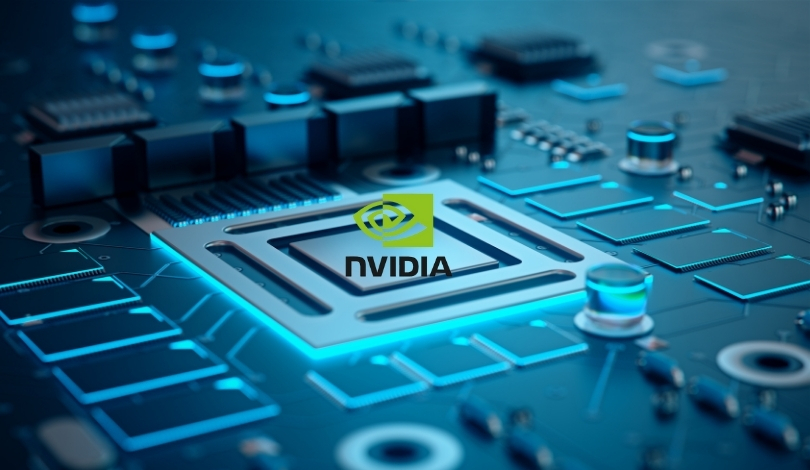Samsung Electronics has introduced an advanced variant of its GDDR7 memory, aimed at significantly improving the performance of Nvidia’s forthcoming graphics processing units (GPUs). This development marks a pivotal step in the collaboration between the two tech giants, potentially setting new standards in gaming and professional graphics rendering. The enhanced GDDR7 is expected to deliver higher bandwidth and greater efficiency, addressing the increasing demands of next-generation applications.
Samsung’s latest GDDR7 memory builds upon previous iterations by offering faster data transfer rates and lower power consumption. This innovation comes at a time when the gaming industry and professional sectors are seeking more powerful and efficient GPUs to handle complex tasks and high-resolution graphics. The partnership with Nvidia underscores Samsung’s commitment to advancing memory technology and supporting cutting-edge computational needs.
What Improvements Does GDDR7 Offer?
The new GDDR7 provides a substantial increase in bandwidth compared to its predecessors, enabling more data to be processed simultaneously. This enhancement allows Nvidia’s next-gen GPUs to achieve higher performance levels, facilitating smoother gameplay and more detailed graphics in applications. Additionally, the improved power efficiency of GDDR7 contributes to better thermal management, which is crucial for maintaining performance during extended use.
How Will This Affect Nvidia’s GPU Performance?
With the integration of Samsung’s GDDR7, Nvidia’s GPUs are expected to achieve unprecedented speeds and efficiency. This synergy will likely result in graphics cards that can handle more intensive workloads without compromising on power consumption or heat generation. As a result, users can anticipate faster rendering times and enhanced overall performance in both gaming and professional environments.
What Are the Future Implications for the Tech Industry?
The collaboration between Samsung and Nvidia signals a broader trend towards the development of more powerful and efficient hardware components. As demand for high-performance GPUs continues to grow, advancements in memory technology like GDDR7 will be essential in meeting the needs of various industries, including gaming, virtual reality, and data science. This partnership may also encourage further innovations and competitive advancements in the memory and GPU markets.
“We are excited to partner with Nvidia to bring the best possible memory solutions to their next-generation GPUs,” said a Samsung spokesperson.
The introduction of GDDR7 is set to redefine the capabilities of graphics processing hardware, providing a foundation for future technological advancements. As these new GPUs hit the market, consumers and professionals alike will likely experience significant improvements in performance and efficiency, paving the way for more immersive and computationally intensive applications.










